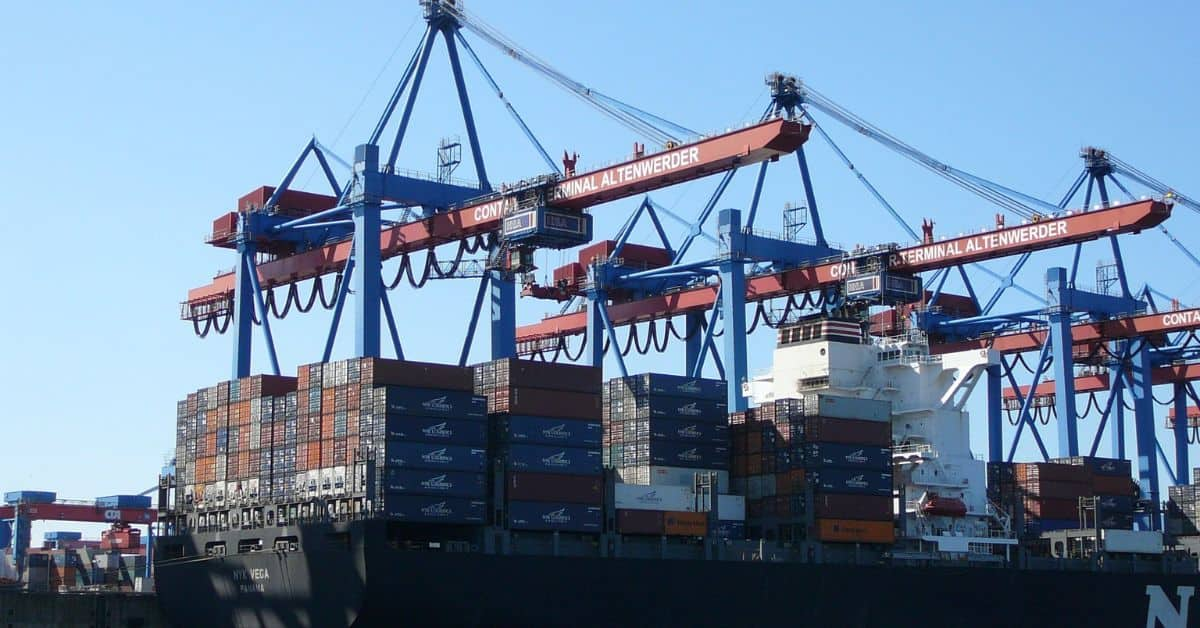What Is Customs Clearance? Important Steps You Need to Know Before Import-Export
Contents

International trade matters for every business today. Small and large companies look for growth. They import quality goods or export products to target markets. They must understand customs clearance. This step can affect their operations and reputation.
In this article, we guide importers and exporters through customs clearance. We cover its importance, key steps, and required documents. You will learn how to keep your shipments moving smoothly without delays.
What Is Customs Clearance?
Customs clearance is the process of submitting documents that detail your shipment. Officials from the Customs Department review and approve these documents. The main steps include: sending paperwork for review, having officials inspect documents and goods, calculating duties and import taxes, and paying those fees. Once approved and paid, goods clear customs and enter or leave the country legally.
Why Customs Clearance Matters
Customs clearance plays a vital role in global trade and the national economy:
- Stop Illegal Imports: Customs checks block counterfeit, banned, or harmful products from entering the country.
- Collect Revenue: Governments rely on duties and taxes collected at customs as a major income source.
- Prevent Tax Evasion: Proper clearance stops businesses from dodging import or export taxes.
- Protect Local Industries: Duties and inspections help domestic producers compete against foreign goods.
- Provide Data: Tax payment records offer valuable trade statistics for economic planning.
Types of Customs Procedures
Customs procedures split into two main categories: import clearance and export clearance.
Import Customs Clearance
Import clearance applies when goods arrive from abroad. The importer or their freight forwarder submits an import declaration and all supporting documents to customs. Customs will not treat goods as legally imported until they approve the paperwork and collect import duties. Once cleared, you may move products into your warehouse or sell them.
Export Customs Clearance
Export clearance covers the review of goods and documents before they leave the country. Officials check compliance with Customs Department rules, verify paperwork, and collect any export duties. After approval and payment, you may ship goods to your target market legally.
Required Documents for Customs
Here are the core documents you need:
- Import Declaration: Details of the imported goods such as type, size, price, and other data.
- Export Declaration: Lists goods and exporter information.
- Commercial Invoice: Shows sale details, including price, quantity, and terms.
- Packing List: Describes packaging details like type, quantity, weight, and dimensions.
- Bill of Lading (B/L) or Air Waybill: Provides proof of shipment by sea (B/L) or air (AWB).
- Insurance Premium Invoice: Proves cargo insurance during transit (if any).
- Import/Export Licenses: Required for controlled items, issued by the relevant authority.
- Certificate of Origin: Verifies product origin, often used for duty reductions.
- Other Certificates: Such as product-specific approvals, catalogs, or special permits.
How to Use the Correct HS Code
HS codes classify goods to set duty rates and controls. You must pick the right code to calculate accurate taxes and avoid clearance issues. For example, using a forklift code for a truck part can lead to higher duties or suspicion of tax evasion. You can find HS codes on the Customs Department website or ask your freight forwarder for guidance.
Customs Clearance Process
Customs clearance keeps your imports and exports legal. Today’s electronic, paperless system makes it faster and more convenient. Below are the steps you’ll follow.
Import Clearance Steps
- Submit Import Declaration: Enter details like transport info, bill of lading, commercial invoice, and other documents.
- File with Customs: Officials check your data. They issue a registration number once all is correct.
- Review Duties: Customs notifies you of duty rates and payable fees.
- Inspection and Release: After duty payment, customs inspects your goods. If all is clear, they release the shipment to your warehouse or delivery address.
You can pay duties in person at a customs payment office, via e-Payment, or through e-Bill Payment.
Export Clearance Steps
- Prepare Documents: Gather the commercial invoice, packing list, bill of lading, and other required paperwork.
- Submit to Customs: File all export documents for review.
- Pay Duties and Inspection: Pay any export duties. Customs will inspect goods against your paperwork.
- Release Shipment: Once approved, customs allows your goods to ship to the destination country.
Clearly, each customs step matters. Poor handling can harm your business and even the national economy. A solid logistics plan ensures smooth clearance. Businesses should build efficient logistics systems to support international shipment.
UPR (Thailand) Co., Ltd. offers plastic and wood pallets for rent or sale, pallet racks, stretch film, a pallet management system, and a full range of logistics equipment. We provide modern tech solutions to meet the needs of logistics professionals.
We deliver fast, comprehensive, and professional service. We bring over 10 years of Thai logistics experience.
Contact Us
Inquiry Form: http://www.upr-thailand.co.th/contact/inquiries/
Tel.: +66-2-672-5100
Email: info-thailand@upr-net.co.jp
UPR (Thailand) Co.,Ltd. > Columns > Logistics > What Is Customs Clearance? Important Steps You Need to Know Before Import-Export

 Contact us
Contact us  Call us
Call us  Line Official
Line Official